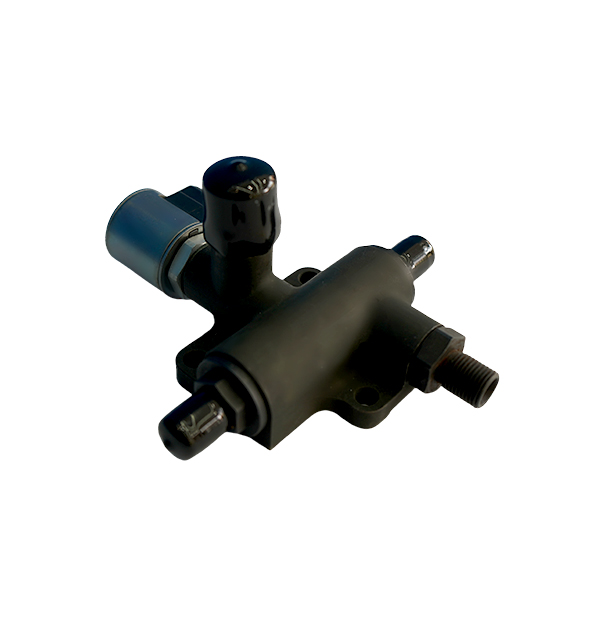How to Test the Flow Characteristics of Pressure Control Valves
I. Exceptional Low-Temperature Adaptability
Material Science Innovation
Cryogenic-Resistant Alloys: Pump casings and impellers use 304L/316L stainless steel (impact toughness ≥100J at -196°C) or aluminum bronze (CuAl10Ni) to prevent brittle fracture in liquefied gas environments (e.g., liquid nitrogen, LNG).
Thermal Insulation Structures: Adopt double-wall casings with vacuum-jacketed layers (thermal conductivity ≤0.005W/(m·K)) and multilayered insulation (MLI) to reduce heat ingress by 90% compared to single-wall designs.
Sealing System Optimization
Cryogenic Seals: Use PTFE-impregnated graphite packing or bellows seals (leakage rate ≤1×10⁻⁹ mbar·L/s) to withstand thermal contraction (linear shrinkage ~0.3% at -162°C).

Vapor Barrier Design: Install a nitrogen purge chamber between primary and secondary seals to prevent cold-induced condensation, maintaining sealing reliability at -269°C (liquid helium service).
II. High Efficiency and Energy Savings
Hydrodynamic Design for Low Viscosity
Narrow-Blade Impellers: Employ backward-curved impellers with a blade angle of 25–30° to optimize flow in low-viscosity media (e.g., liquid hydrogen, viscosity 0.012cP), achieving an efficiency of 78–85% (3–5% higher than standard pumps).
Inducer Integration: Install a conical inducer (L/D ratio ≥3) at the impeller inlet to suppress cavitation, enabling a net positive suction head required (NPSHR) of ≤1.5m for LNG pumps.
Energy-Saving Operation Modes
Variable Speed Control: Use magnetic bearing motors (rotational speed 10,000–30,000rpm) with frequency conversion, reducing power consumption by 30% during partial loads (e.g., 50% flow operation).
Regenerative Turbine Design: Recover 15–20% of discharge energy through a regenerative turbine, offsetting pump power needs in LNG regasification systems.
